
AeroGenie — Uw intelligente copiloot.
Trending
Categories
Textron Aviation Unveils Cessna Citation Ascend with PW545D Engines
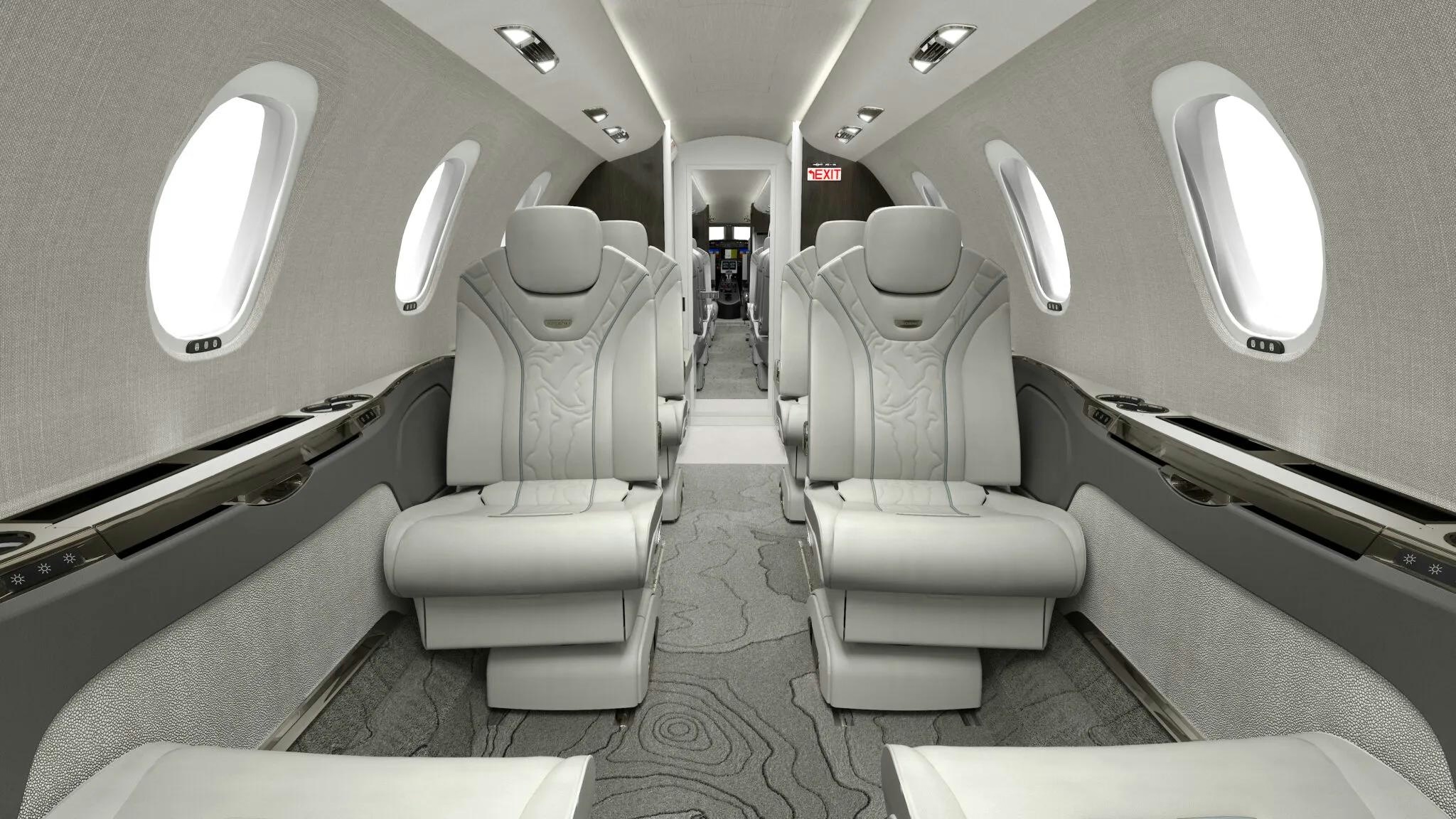
Textron Aviation Launches Cessna Citation Ascend with Advanced PW545D Engines
At the National Business Aviation Association’s annual meeting in Las Vegas, Textron Aviation unveiled its newest business jet, the Cessna Citation Ascend. This latest addition to the Cessna Citation family is powered by twin PW545D engines developed by Pratt & Whitney Canada, a division of RTX (NYSE: RTX). These engines incorporate Full Authority Digital Engine Control (FADEC) technology, which enables auto-throttle functionality aimed at simplifying engine management, enhancing fuel efficiency, and reducing pilot workload.
The PW545D engines feature significant improvements in both compressor and turbine components, resulting in lower fuel consumption and reduced operating temperatures. Scott McElvaine, vice president of Sales and Marketing at Pratt & Whitney Canada, highlighted the enduring partnership between the two companies, noting that their collaboration spans more than six decades. The PW500 engine family, which includes the PW545D, has accumulated approximately 27 million flight hours across seven aircraft models in 71 countries. Pratt & Whitney Canada has produced over 5,300 units of the PW500 series, with nearly 4,900 currently in active service.
Market Positioning and Industry Context
The Citation Ascend is positioned to compete in the midsize business jet segment, a market dominated by established players such as Gulfstream and Bombardier. Textron Aviation is preparing for the aircraft’s entry into service, with FAA certification expected by late 2025. The jet is slated for its official debut at NBAA-BACE 2025, where industry analysts will closely evaluate its advanced features and technological innovations. Textron faces the dual challenge of meeting stringent regulatory requirements and satisfying customer demands for performance and comfort, while also contending with competitive pressures from rival manufacturers who are likely to emphasize their own technological advancements and pricing strategies.
In parallel developments within the aerospace sector, Pratt & Whitney Canada recently secured a 14-year maintenance and support contract with Lufthansa Airlines and Austrian Airlines. This agreement covers 41 APS5000 auxiliary power units (APUs) installed on Boeing 787 Dreamliner fleets, ensuring ongoing maintenance for these critical systems that provide power when the main engines are inactive.
Additionally, Raytheon, another RTX business unit, has commenced initial production of its SharpSight multi-domain surveillance radar system. Designed for high-altitude, real-time imaging and wide-area tracking under diverse weather conditions, this system represents a significant advancement in surveillance technology. Raytheon and Anduril Industries have also completed a static fire test of an advanced solid rocket motor under a contract with the Air Force Research Laboratory Munitions Directorate, reflecting broader efforts to expand rocket motor manufacturing capacity amid increasing global demand.
Meanwhile, Wizz Air continues to address engine-related operational challenges. The airline currently has 38 aircraft grounded due to inspection delays, a reduction from a previous peak of nearly 60. Despite ongoing supply bottlenecks involving Pratt & Whitney engines, Wizz Air aims to restore its entire fleet to service by the end of 2027.
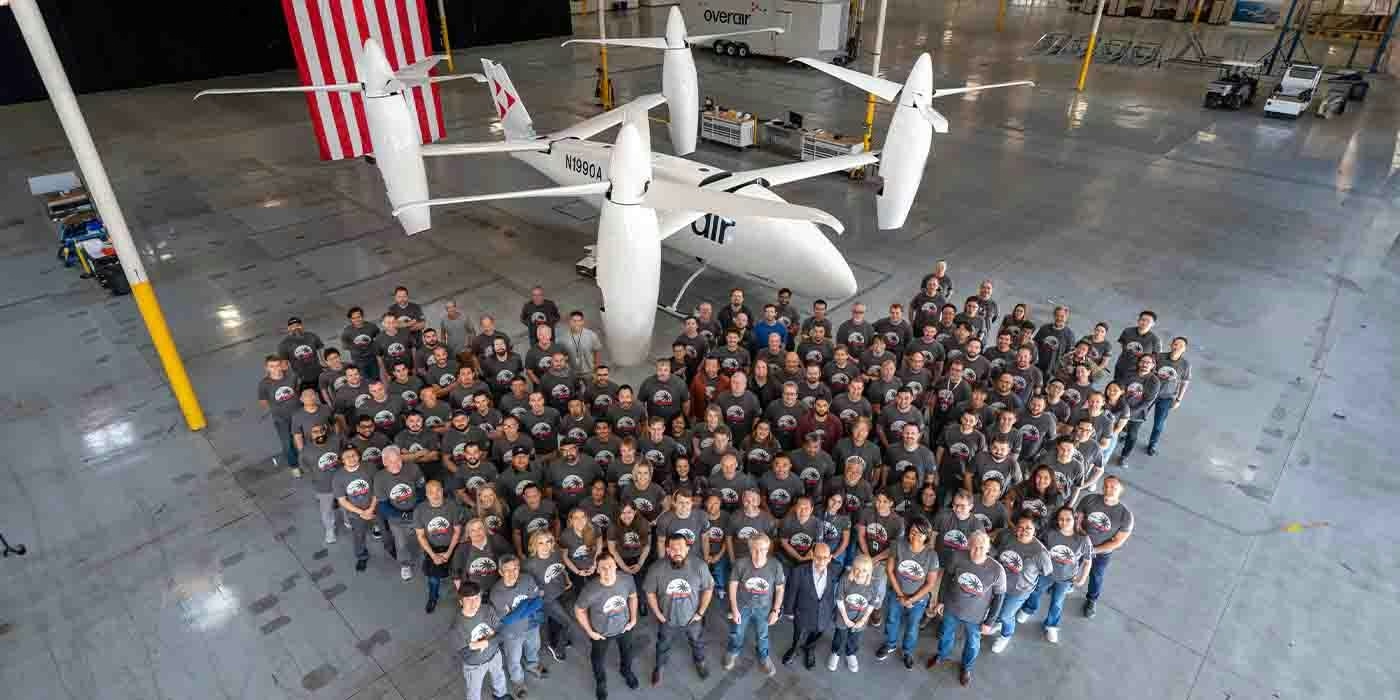
Unique mixed-propulsion eVTOL completes transition flight testing
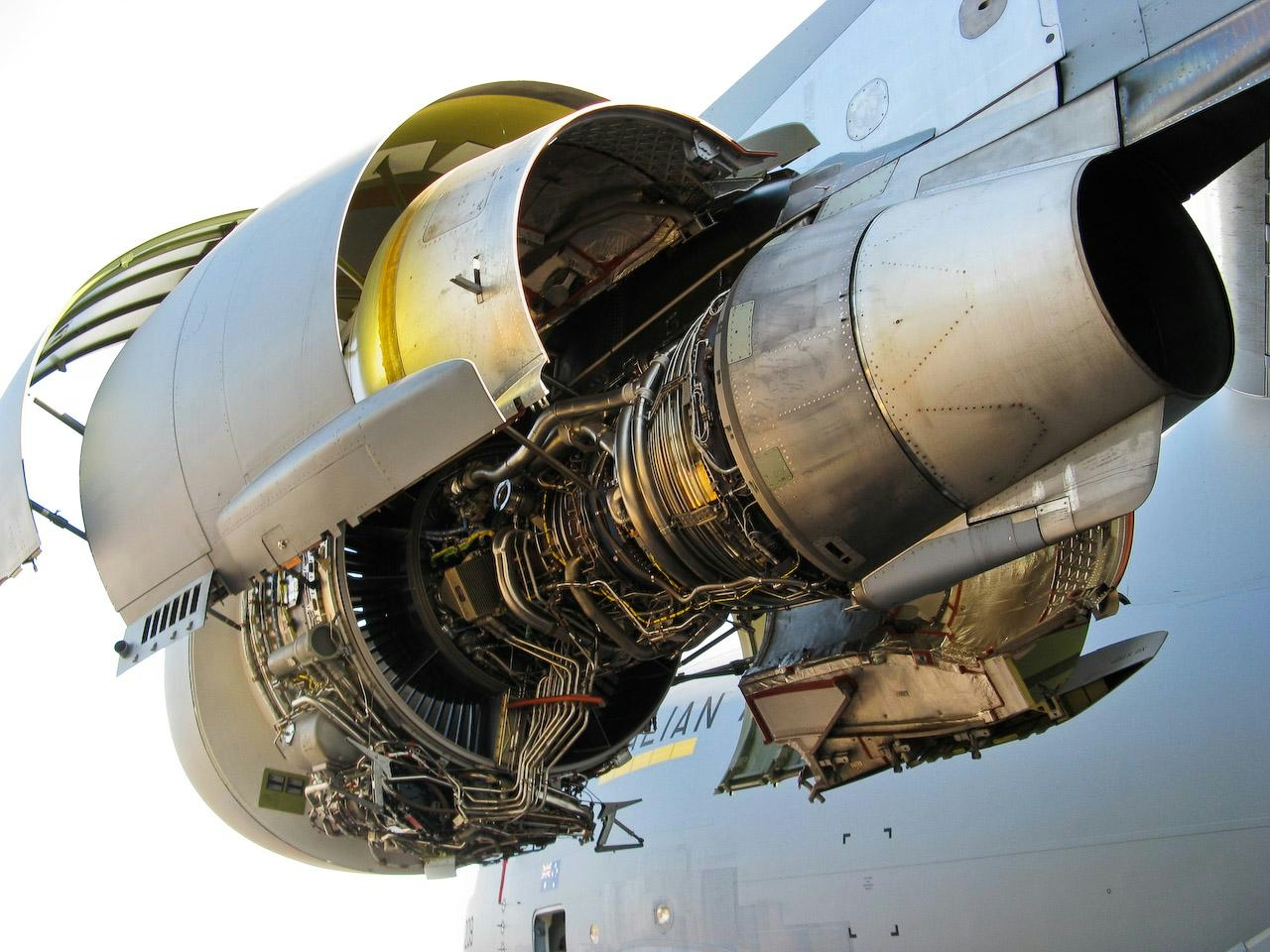
Are C-17 Globemaster Engines Derived from Boeing 757?
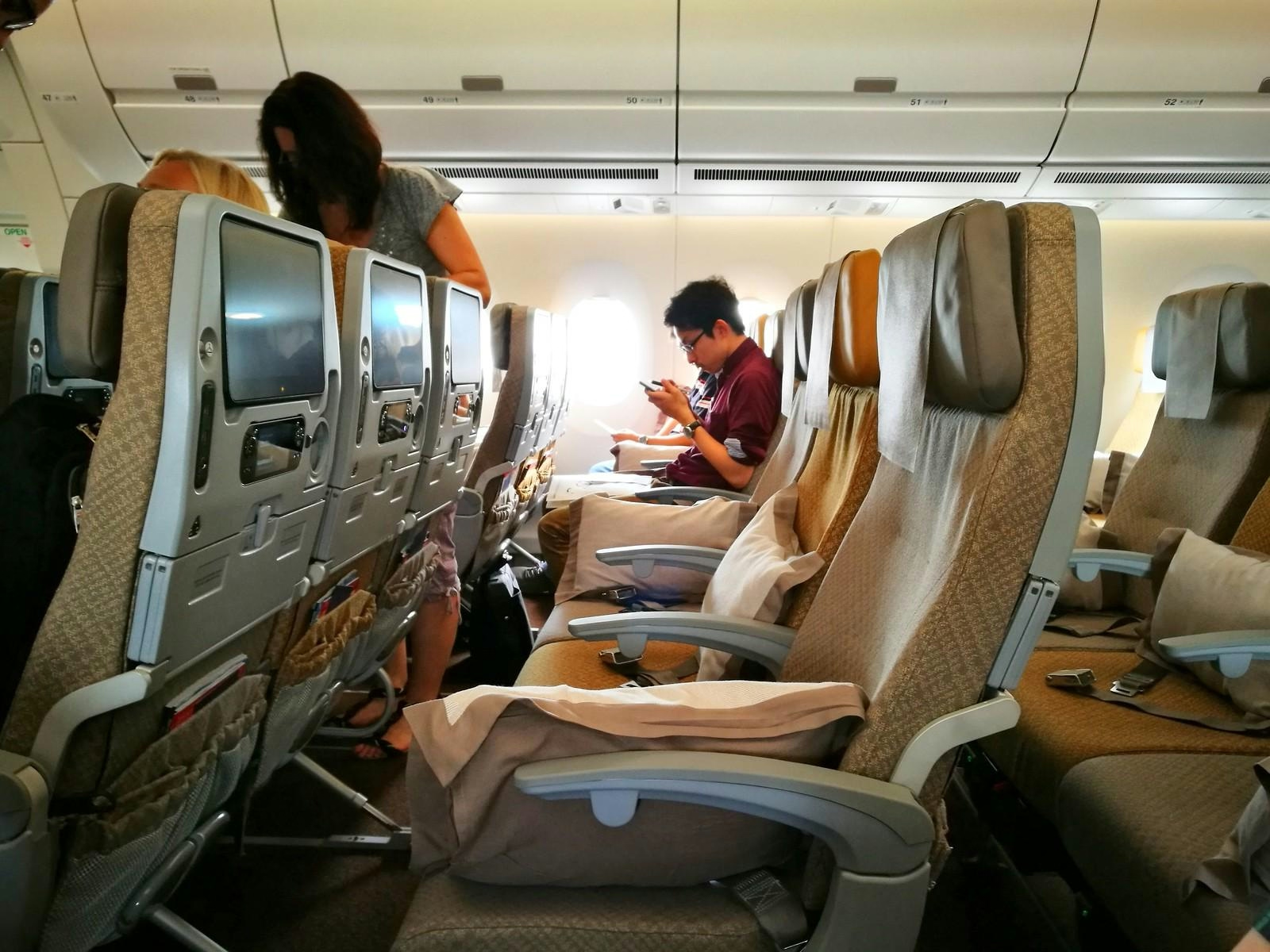
Why the Airbus A350’s Cabin Is Quieter Than Other Aircraft
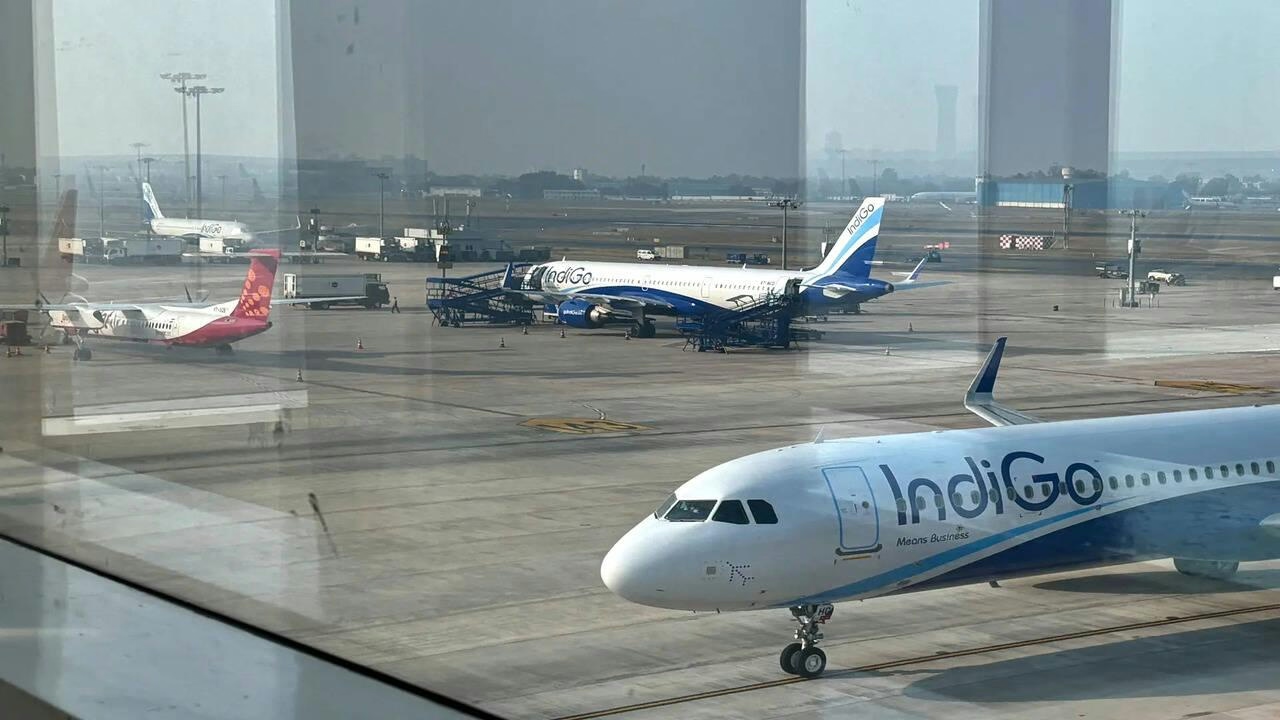
AI and AI Express Plan to Increase Capacity Amid IndiGo Flight Disruptions
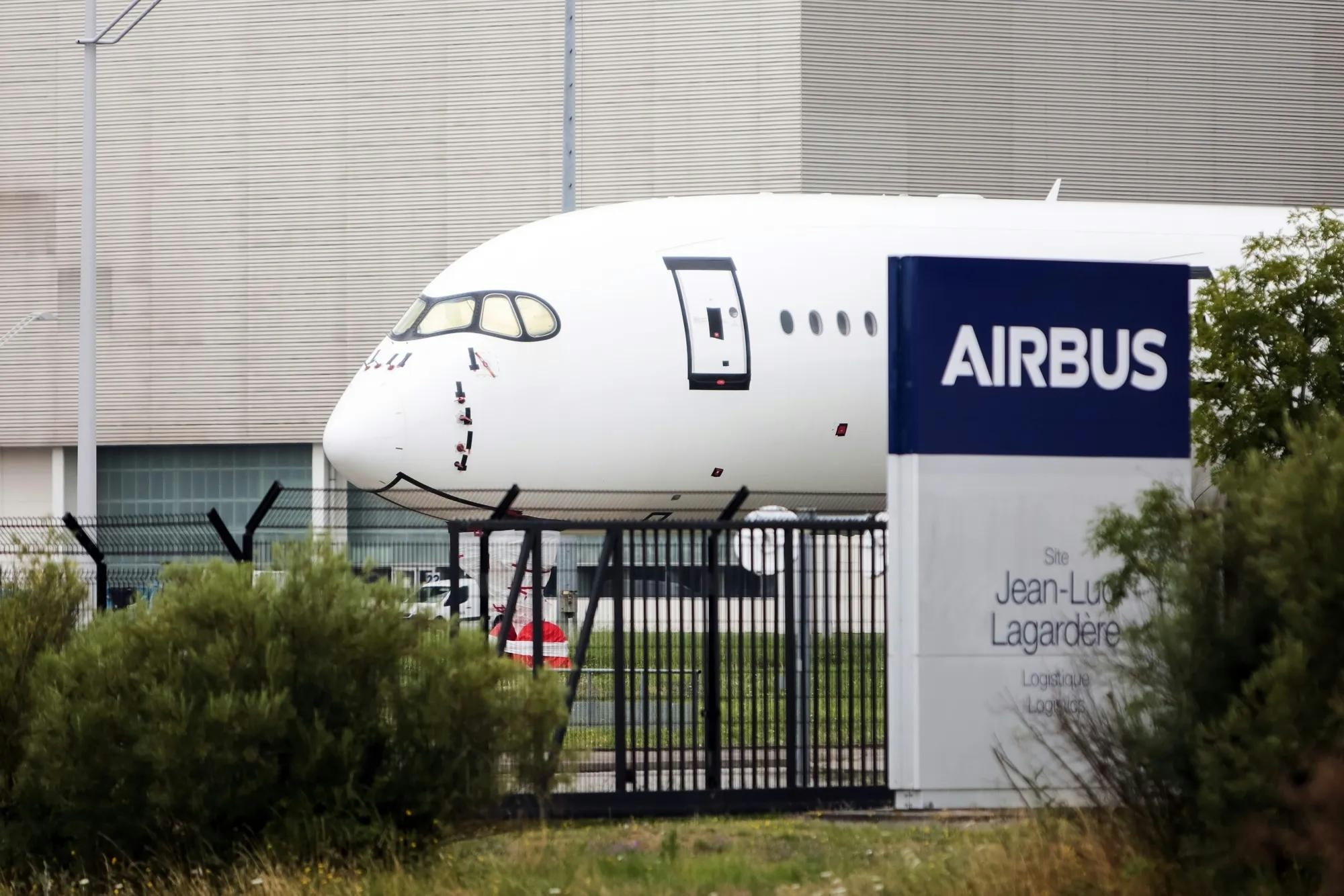
Kazakhstan and France Agree on Airbus Aircraft Deliveries
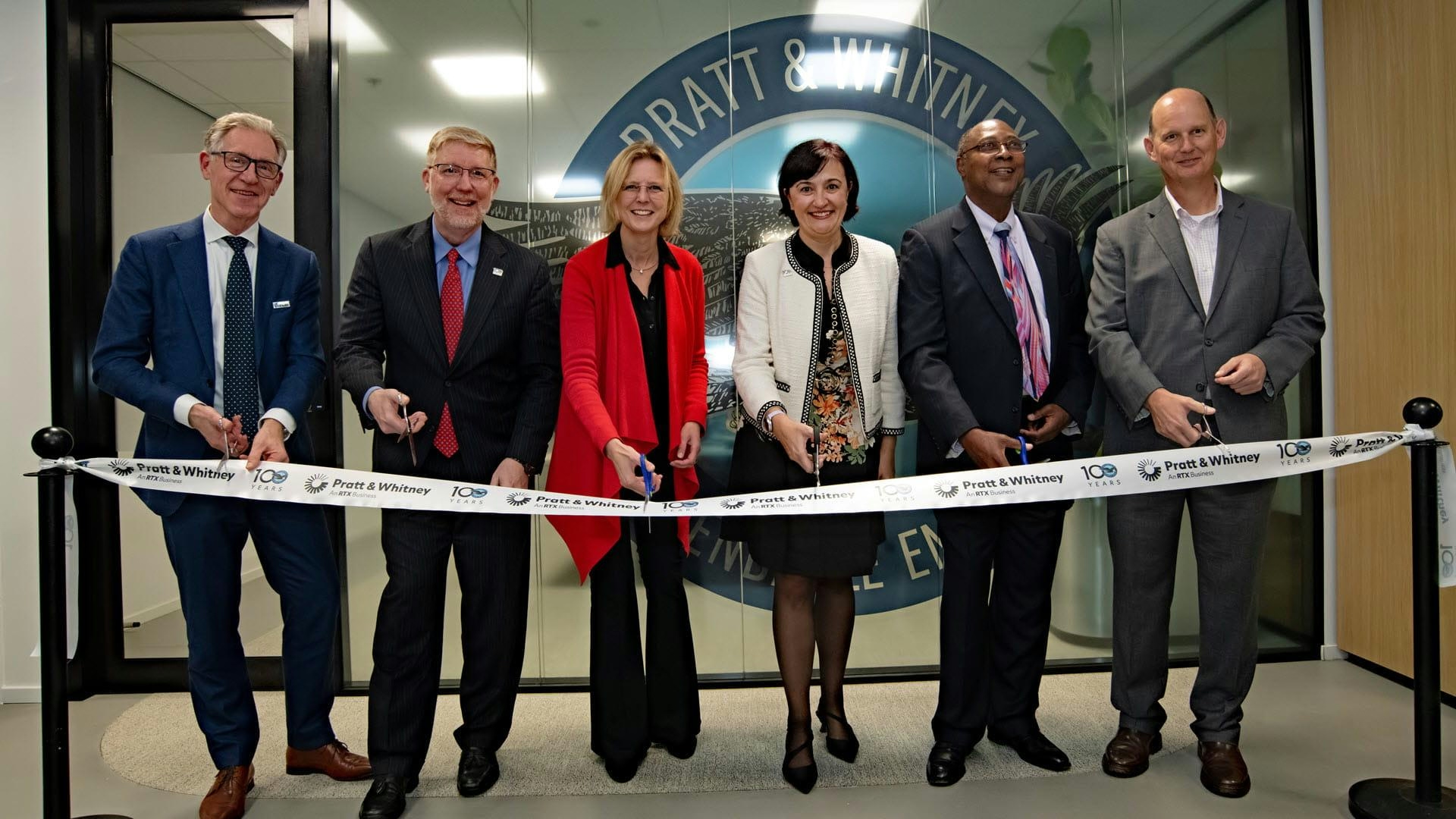
Europe’s Emerging Talent Drives Aviation Innovation
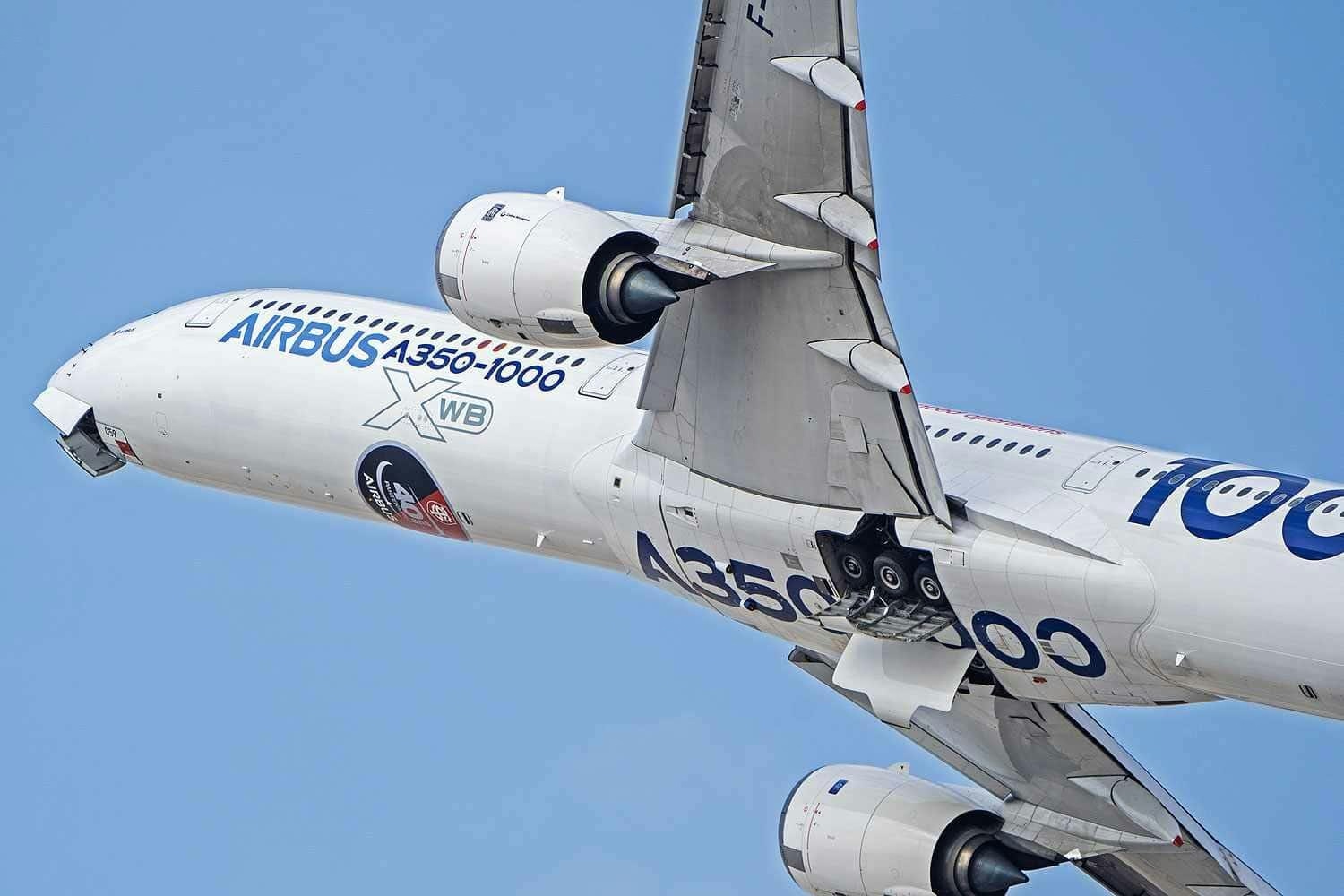
Airbus Receives New Order for A350-1000

The Leading Widebody Aircraft in Service Today
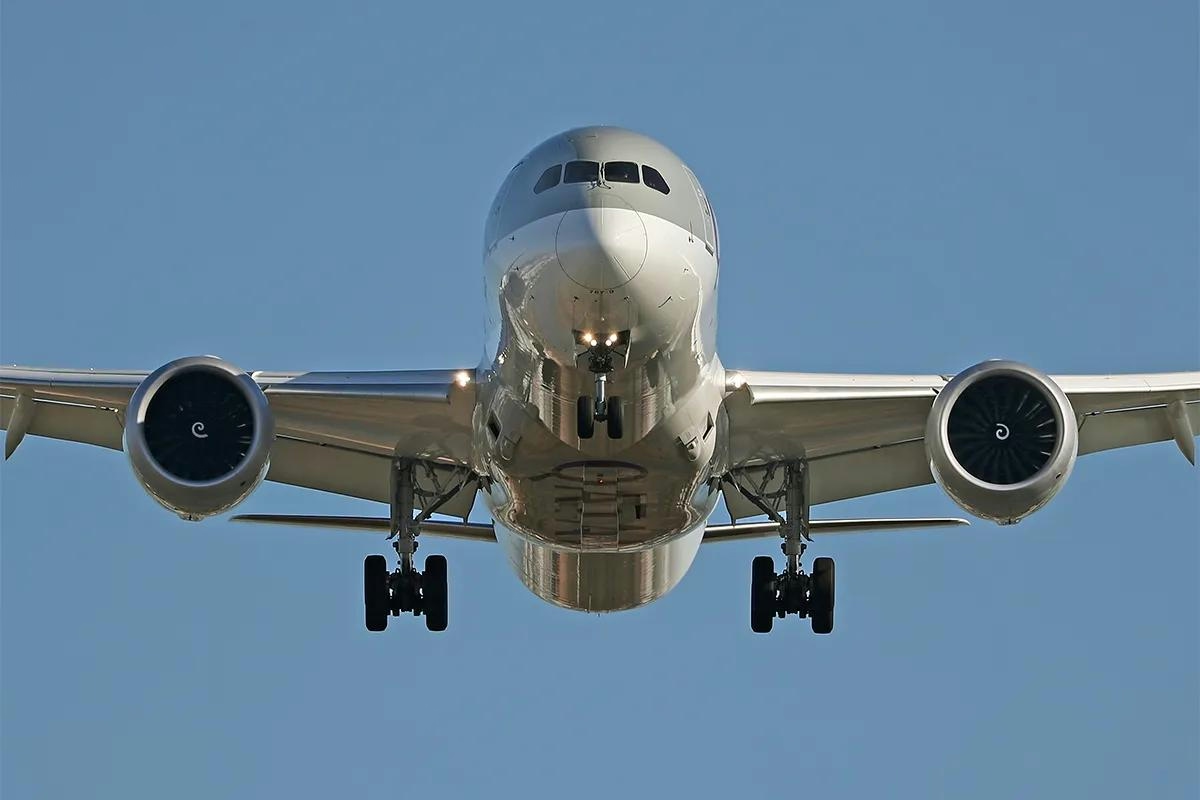
The Fastest Boeing Jet Currently in Service
